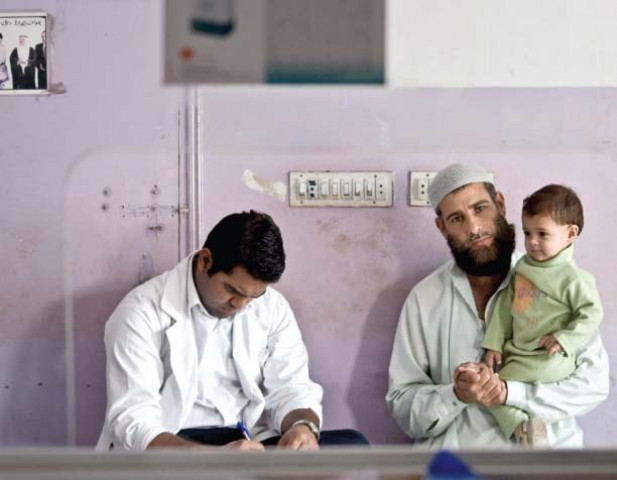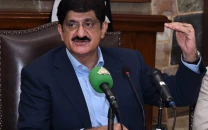Learning curve : Sometimes ‘make-do’ health care is the best treatment
As medical students, we spend about half a year, out of the strenuous five of our degree, in primary care.

As medical students, we spend about half a year, out of the strenuous five of our degree, in primary care which caters to a specific fraction of the population. The primary care centre at the Aga Khan University Hospital serves people from rural Sindh and Balochistan, with plenty of patients trickling in from Afghanistan. They come to seek expert medical advice for conditions that do not go away spontaneously or after treatment by a local practitioner. The other patients are residents of Karachi mostly from poor backgrounds; they prefer primary care at a lower cost compared to specialty consultations at the same hospital.
In developed countries, primary care has been streamlined beyond belief. Peole interact solely with their general physicians, unless their condition requires the attention of a specialist. This is not what primary care is in Pakistan. Yes, we do treat non-life threatening diagnoses and refer sinister diseases to the experts, but the notion of ‘family doctors’ has yet to catch on. Care is sought on a day-to-day basis and continuity of care isn’t a priority to a large number. Another type of patient seeks specialty consultations without a prior evaluation by any family doctor. The concept of ‘family doctors’ is restricted to the middle and upper classes.
When students from my institution visit the Edhi centre on University Road for a make-do health centre twice a week, we are overwhelmed each time by the numbers of people trickling in. A few doctors and six final-year students supervise us. We keep our own medical records, run a pharmacy and occasionally do minor procedures.
Even though we’re still medical students, the idea of discussing related cases helps us learn, but also builds a sense of maturity and responsibility, a feeling that was new to me until a few weeks ago. Medical schools teach junior doctors diagnosis and treatment, everything else we learn just happens on its own, magically.
At this ‘make-do’ health centre, we work with many limitations: scant medication (mostly pharmaceutical samples and donated medications), no investigations, limited clinical examination instruments and language barriers.
Our knowledge of gold-standard investigations, medications of choice and clinical examinations are left untouched. This may sound unethical, but these are people who would not be able to buy prescription medications or afford expensive investigations.
Our patients return to us, some in better shape, some worse. Their return to us in hope of a better remedy tells me two things: I feel they understand the limitations we work under and try to work with us, adhering to our instructions religiously and giving us what I call a second chance. Also, they rely on us solely to help restore their health, which makes our responsibility heavier.
All the years I’ve studied medicine, the numerous books I’ve photographed into my mind, and the neuronal pathways I’ve paved, the practicality of medicine in this fraction of our population is poles apart from what I had in mind from our multi-volume 2,000-page books.
Treating patients with all resources on board now seems painless and unchallenging.
The writer is a final-year medical student at the Aga Khan University
Published in The Express Tribune, May 3rd, 2011.



















COMMENTS
Comments are moderated and generally will be posted if they are on-topic and not abusive.
For more information, please see our Comments FAQ